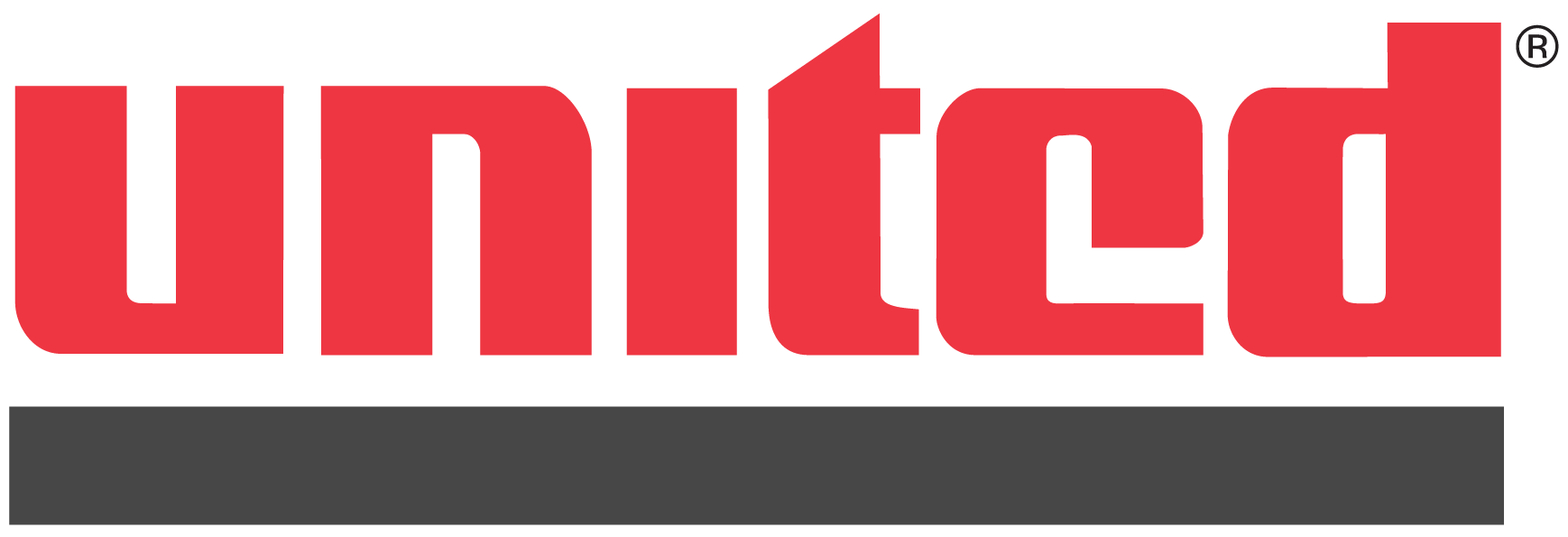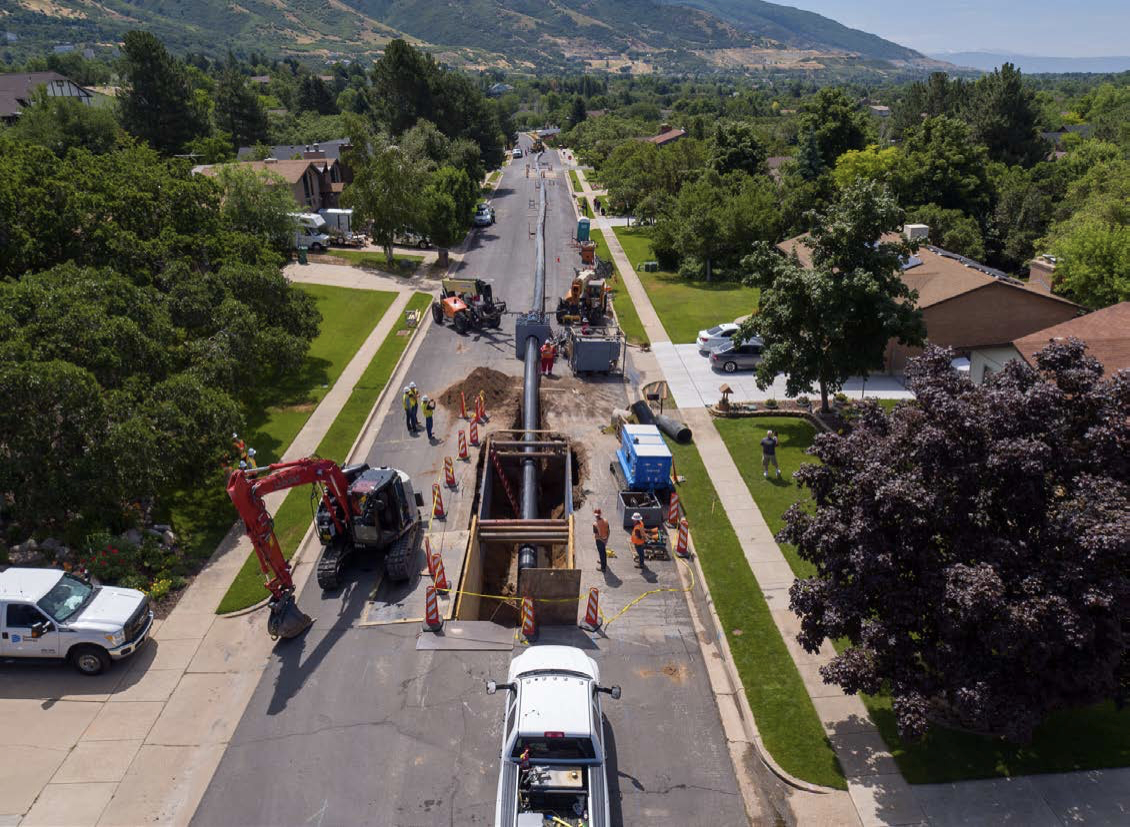Background
In East Layton, Utah, the Weber Basin water transmission line faced a critical challenge with its aging infrastructure. The concrete pipeline, operating under pressures of up to 100 psi, was leaking at multiple joints. These leaks threatened the efficiency of the system, risking water loss and operational disruptions. To restore the pipeline’s integrity, a robust and minimally invasive solution was needed.
Solution Implementation
United Pipeline Systems provided a cutting-edge solution by installing a Semi-Structural Class III Compressed Fit Liner using 5,417 feet of Tite Liner® technology. The liner was precisely sized to fit the minimum internal diameter of the host pipe, ensuring a tight, reliable fit.
Installation began on June 24 and is projected to conclude by August 24. The process involved pulling the liner through the host pipe in lengths as long as 950 feet, minimizing excavation and surface disruptions. Excavation areas were limited to 10 feet wide and 30 feet long (depending on depth), with trenches extending two feet below the pipe’s bottom to facilitate safe access.
The pressure ratings for the interactive liners were determined by the host pipe, with no pressure limitations beyond those inherent to the existing infrastructure. For structural liners, pressure was rated based on the HDPE “dimension ratio” and installation method, ensuring system durability under high pressure.
Results
Improved System Integrity: The Compressed Fit Liner provides a secure seal against leaks, restoring the pipeline’s operational capacity.
Efficient Installation: With a streamlined process and minimal excavation, the project reduced disruptions to the surrounding area.
Long-Term Performance: The HDPE liner ensures a durable, cost-effective solution, resistant to corrosion and future leakage.

